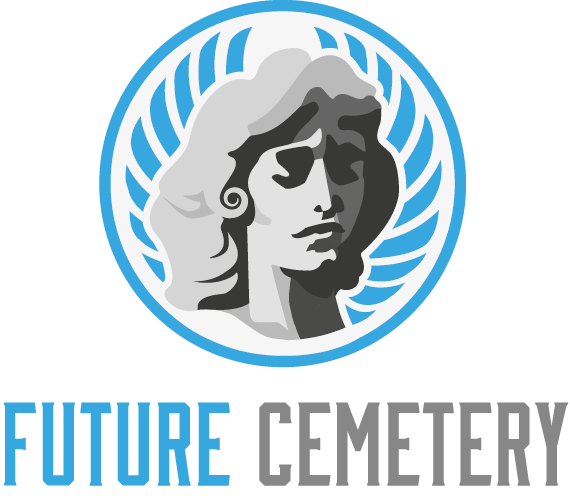Cemetery Design is a unique architectural discipline that focuses on burial capacity, remembrance space and the overall user experience. It is a creative process that requires both creativity and technical skills.
Adapting biomimetic principles into the architecture can bring about an enhanced sense of harmony and peace within the Cemetery. This evokes an emotional response in visitors.
Space Planning
Whether a traditional grave site, mausoleum, or cremation ground, good cemetery design begins with a thorough needs assessment. Depending on your cemetery, this may include a survey of current land use and inventory; burial types and quantities; memorial space needs; and office, administration, and maintenance needs.
This analysis will provide a framework for your master plan, ensuring that all spaces are available for purchase and that plots are positioned in areas amenable to development. This is especially important if you are developing new ground or expanding an existing cemetery.
Creative solutions are available for space planning to address current and emerging trends like cremation, shared urns, and vertical burial. These alternative burial methods can help alleviate pressure on land and resources, and create a more sustainable future. Proper grading to prevent water runoff and avoid flooding, harboring wetlands and other natural features, reusing and recycling water throughout the cemetery, all contribute to environmentally responsible design.
Memorial Spaces
When selecting a cemetery space, it is important to consider location and accessibility preferences. The distance from home or community, as well as the proximity to paths or trees, can profoundly impact a visitor’s experience and emotional connection.
Lawn Cemeteries consist of individual grave plots, family plots or urn gardens where casketed remains are buried and memorialized with a monument. This style of cemetery was originally adopted by families who wanted to be able to visit and pay their respects to loved ones.
Burial areas in a lawn cemetery must be flat to allow the use of efficient mowers that do not damage the lawn surface or the plaques on columbarium walls. Many people choose to leave flowers or other mementos on the columbarium wall, and new designs of plaques include clips to hold a single flower stem or small posy that can be easily removed when it starts to fade. These designs help to ensure that the cemetery maintains a high level of beauty and cleanliness.
Signage
A cemetery is a sensitive and private place. Signage must be carefully designed to guide visitors and convey rules, regulations and historical information in a way that doesn’t overpower the space with unnecessary or confusing information.
Traditional stone graves can be replaced with flat markers that lie flush with the ground, or with slanted markers that are more visible. Memorial benches and unique monument shapes are also an option for those looking for something more personal.
The LA Group understands the delicate nature of bidding a loved one farewell, and how that sensitivity must be reflected in all aspects of a cemetery design project. Our holistic approach allows us to pair necessary sensitivity with practical problem-solving and design, and has built us a reputation as one of the leading cemetery design firms in the country. Our work is known for its intuitive and dignified design that leaves a lasting impression, whether planning a new cemetery or developing a master plan for an existing historic cemetery.
Master Plan
Developing a master plan for your cemetery is a great way to document and communicate how a property is being maintained. It will also provide a road map for future projects and help you prioritize what is most important to your cemetery.
Landscape Maintenance
During the master planning process the City and consulting firm worked with the Cemetery Commission, staff members, cemetery volunteers, neighbors, and stakeholders to solicit input for the plan. Specific goals include:
* Develop long-term turf improvement, including loam, fertilizer, lime, and reseeding. * Improve tree care and carry out recommendations of Walker/Kluesing report.
* Create new lots in select limited areas for full-body burial and continue second full-body burials in already sold plots.
* Improve arrival areas to enhance visitor site experience and wayfinding.
